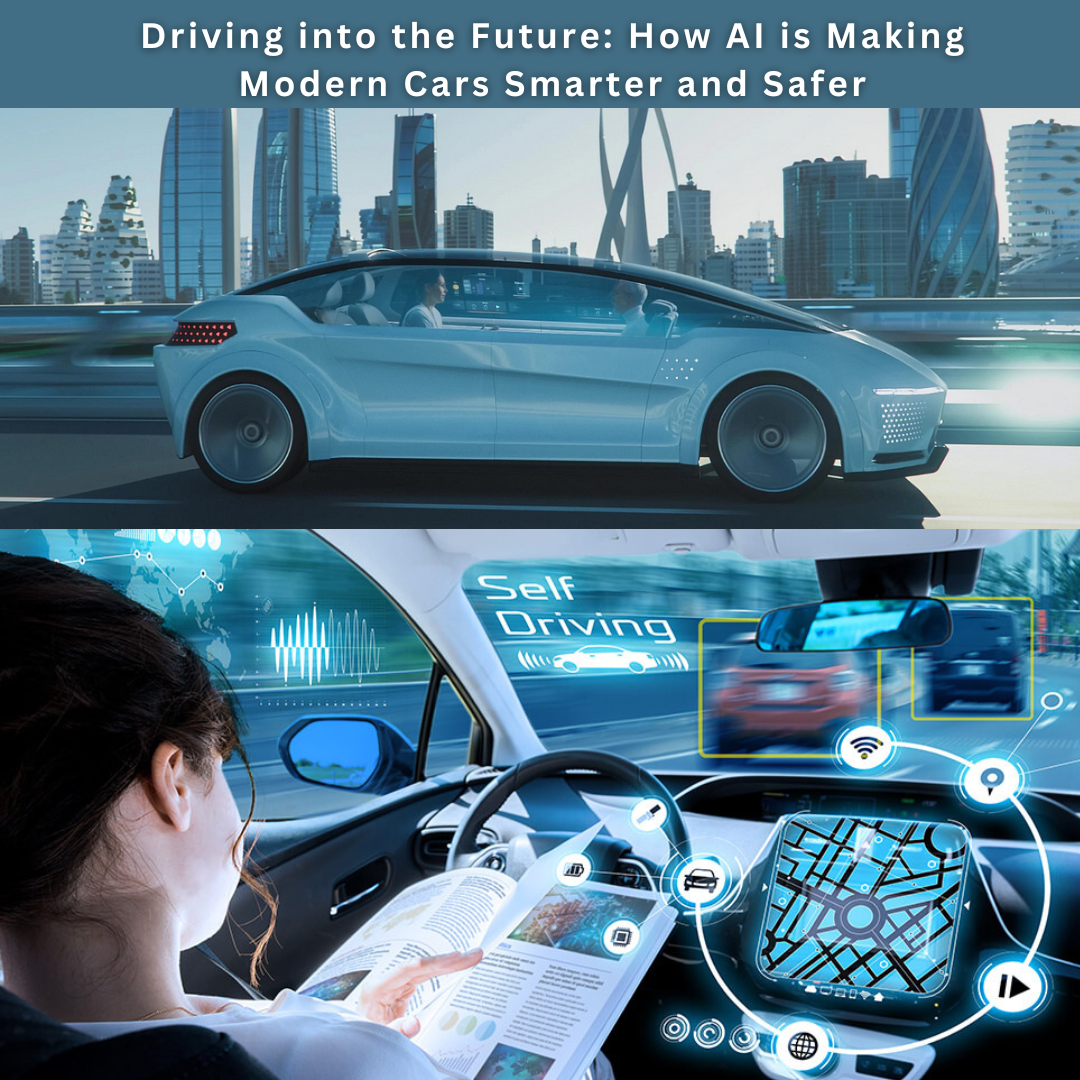Artificial Intelligence (AI) is transforming the automotive industry, making modern cars smarter and safer. Here’s a detailed look at how AI is revolutionizing driving:
1. Advanced Driver Assistance Systems (ADAS)
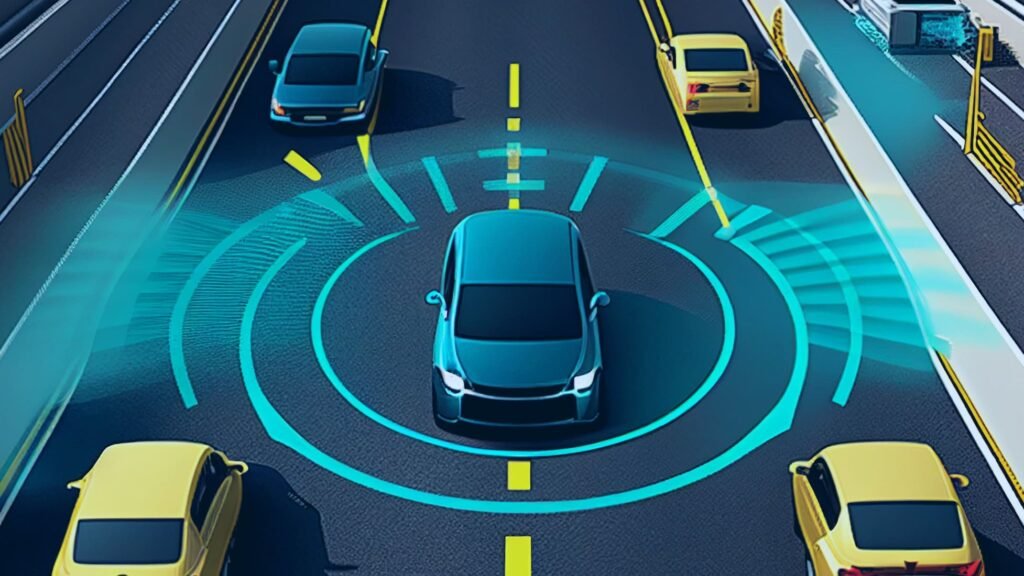
- Adaptive Cruise Control (ACC): Uses AI to maintain a safe distance from the vehicle ahead by automatically adjusting speed based on traffic conditions.
- Lane Keeping Assist (LKA): AI algorithms detect lane markings and help keep the vehicle centered within its lane. If the car begins to drift without signaling, it can gently steer back into the lane.
- Automatic Emergency Braking (AEB): Detects potential collisions using sensors and cameras, and can apply the brakes automatically to prevent or mitigate accidents.
2. Autonomous Driving
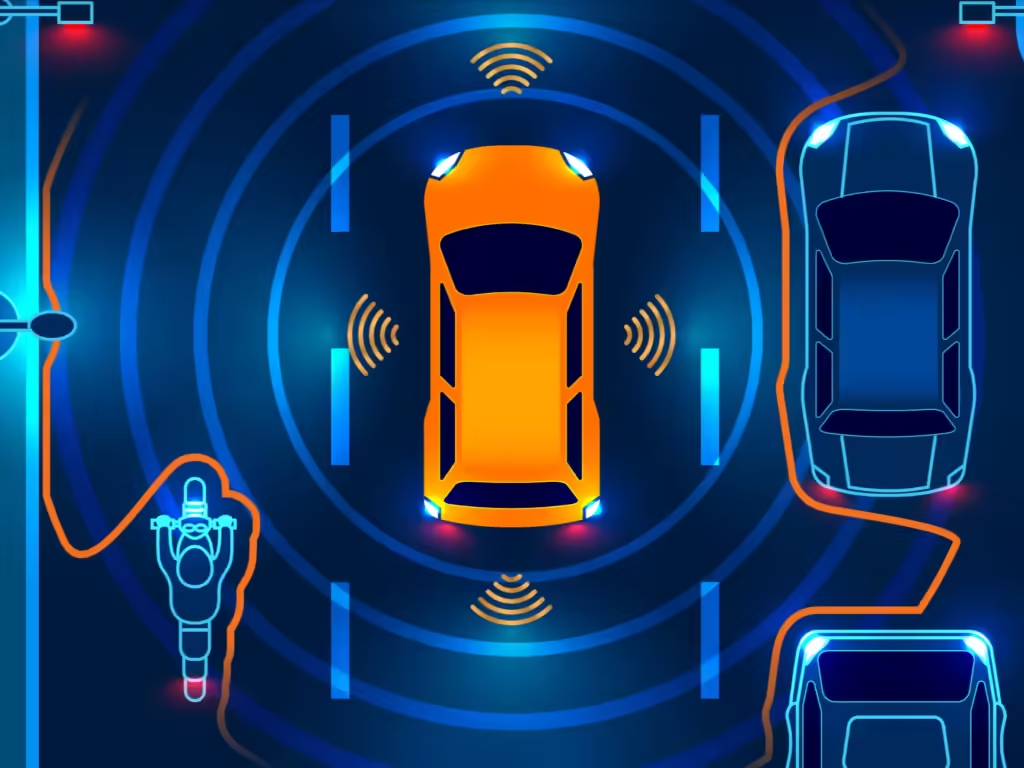
- Self-Driving Cars: AI enables vehicles to navigate without human intervention. Through a combination of sensors (cameras, radar, lidar) and machine learning, these systems can interpret their environment, make decisions, and drive safely.
- Level 4 and 5 Autonomy: Represents high and full levels of automation where cars can operate independently in most scenarios (Level 4) or in all situations (Level 5) with no need for human input.
3. Predictive Maintenance
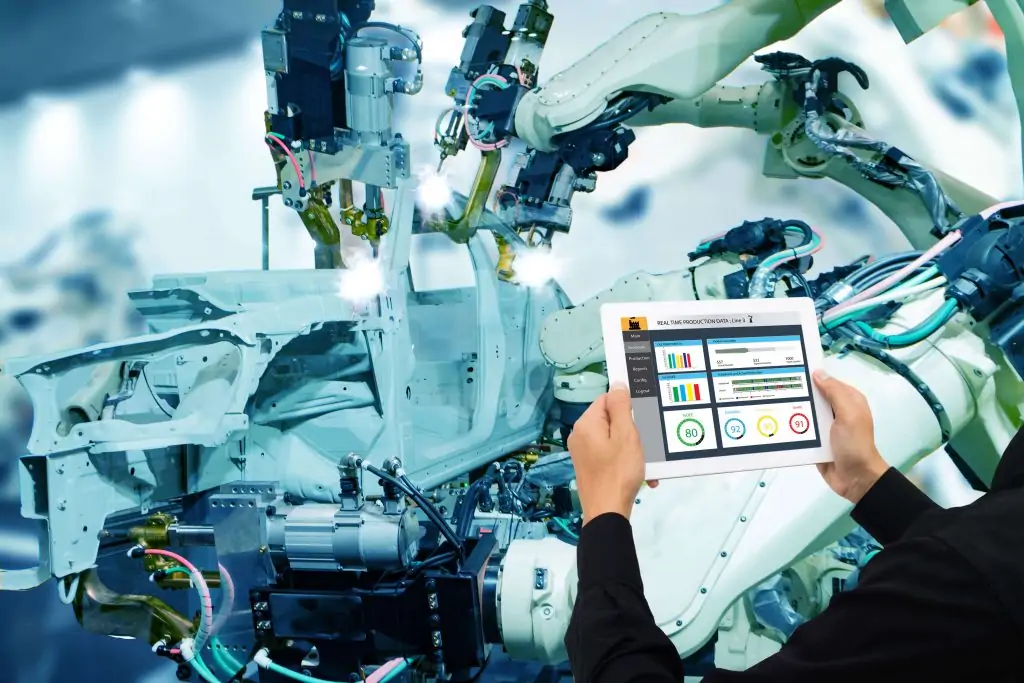
- Real-Time Diagnostics: AI monitors vehicle systems and predicts when maintenance or repairs will be needed, reducing the likelihood of breakdowns and extending the lifespan of vehicle components.
- Failure Prediction: AI algorithms analyze data from sensors to forecast potential mechanical failures before they occur, allowing for preemptive actions.
4. Enhanced Navigation Systems
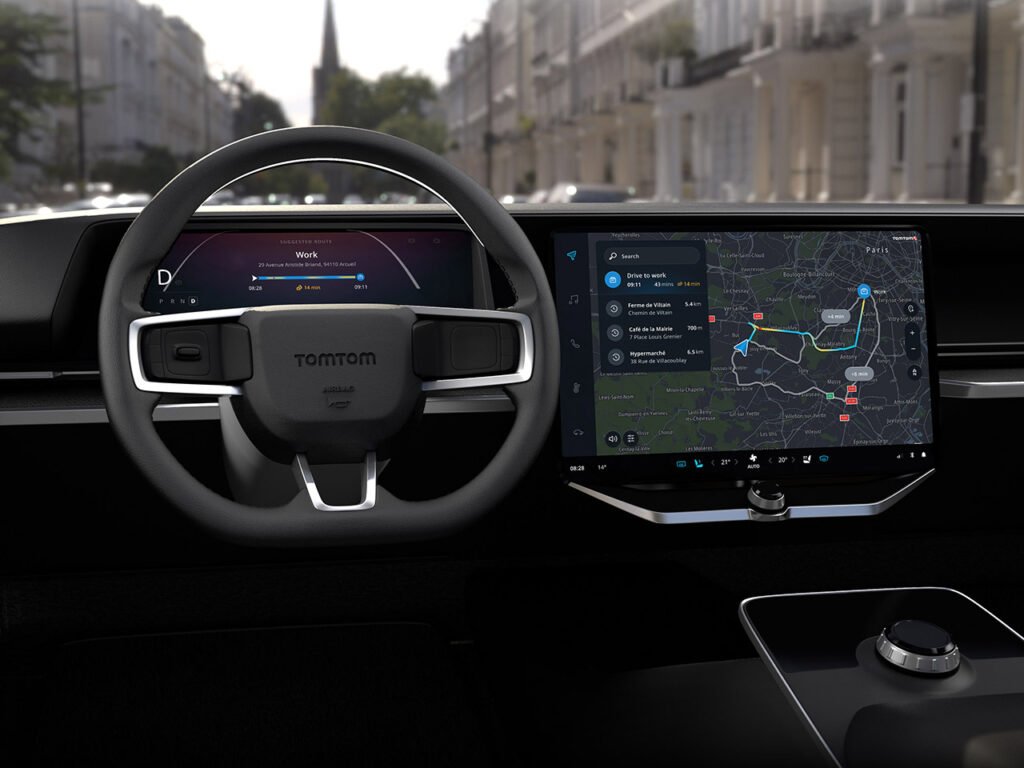
- Dynamic Routing: AI-powered navigation systems adjust routes in real-time based on traffic conditions, accidents, and road closures, optimizing travel time and fuel efficiency.
- Voice Assistants: AI-driven voice recognition systems allow drivers to interact with their vehicles using natural language commands, making it easier to control various functions without taking their hands off the wheel.
5. In-Car Personalization
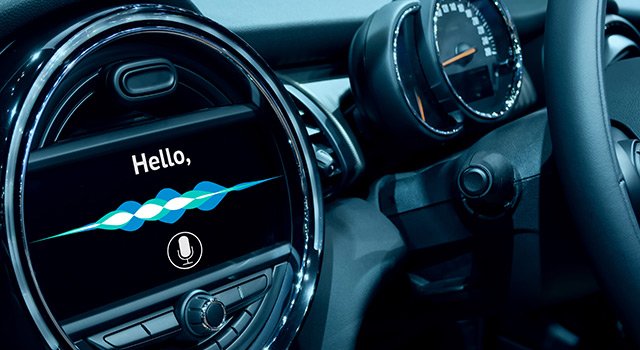
- Driver Profiles: AI customizes driving settings such as seat position, climate control, and infotainment preferences based on individual driver profiles.
- Behavioral Insights: AI analyzes driving patterns to provide feedback and suggestions for improving driving habits and fuel efficiency.
6. Enhanced Safety Features
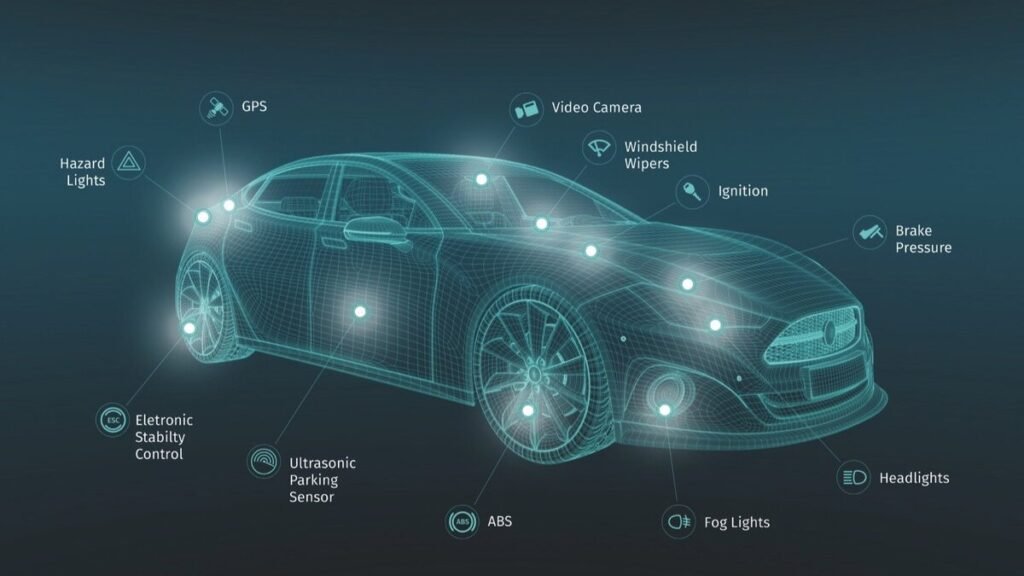
- Blind Spot Detection: AI systems use cameras and sensors to alert drivers about vehicles in their blind spots, reducing the risk of lane-change collisions.
- Traffic Sign Recognition: AI identifies and interprets road signs, providing real-time information to the driver about speed limits, warnings, and other important road signs.
7. Smart Parking Solutions

- Automated Parking: AI assists with parallel parking and other parking maneuvers by controlling the steering, acceleration, and braking to park the car autonomously.
- Parking Space Detection: AI systems help drivers find available parking spots by analyzing data from cameras and sensors, reducing the time spent searching for parking.
8. Enhanced Driver Monitoring

- Driver Attention Monitoring: AI tracks driver behavior to detect signs of drowsiness or distraction, alerting the driver to stay focused and take breaks if needed.
- Face and Gesture Recognition: AI recognizes the driver’s face and gestures to unlock the car or control certain functions, enhancing security and convenience.


